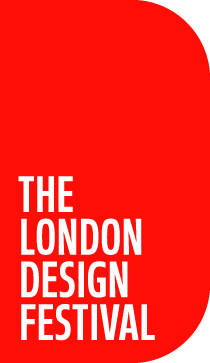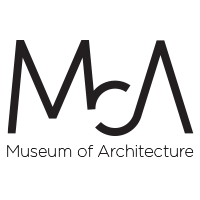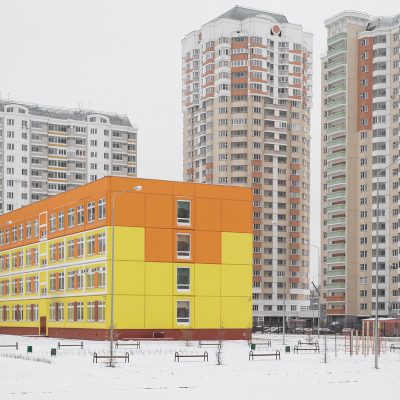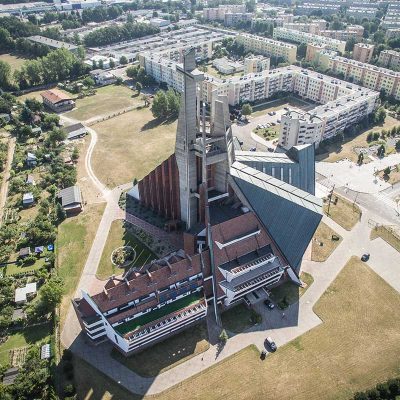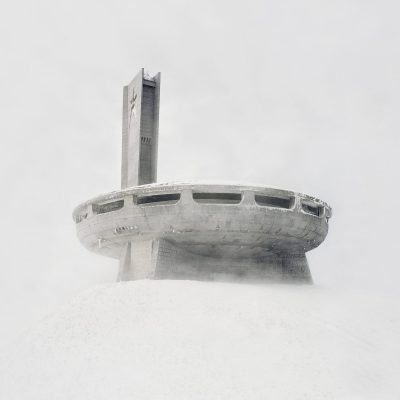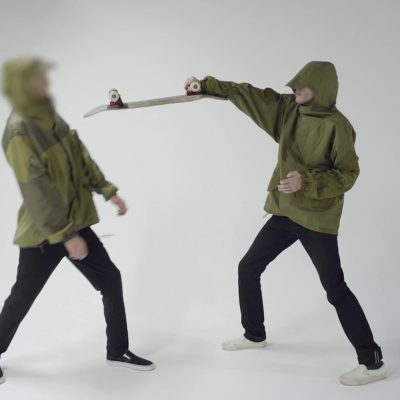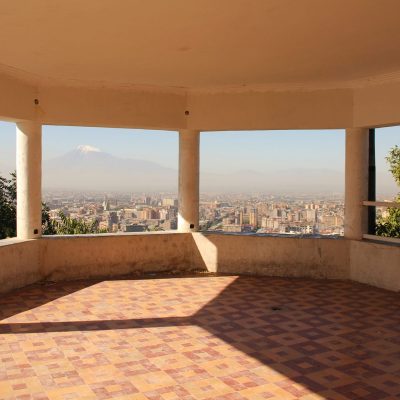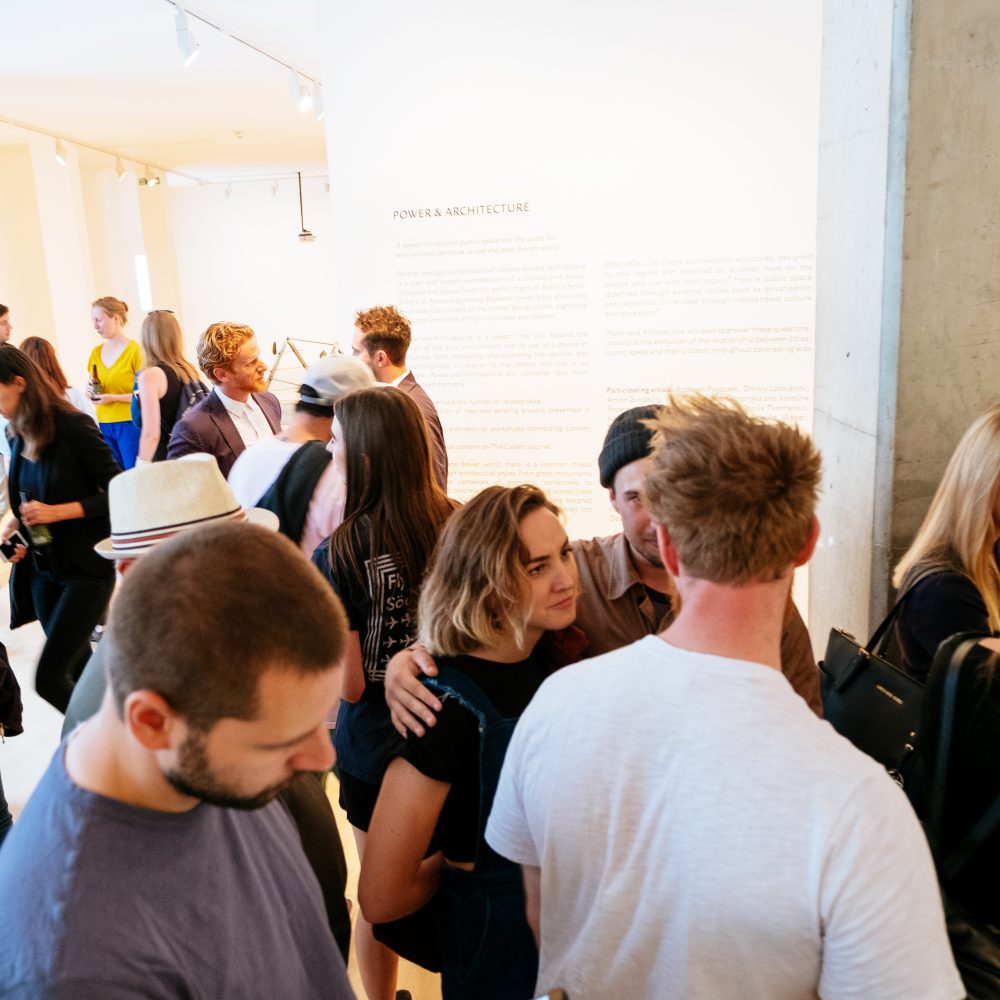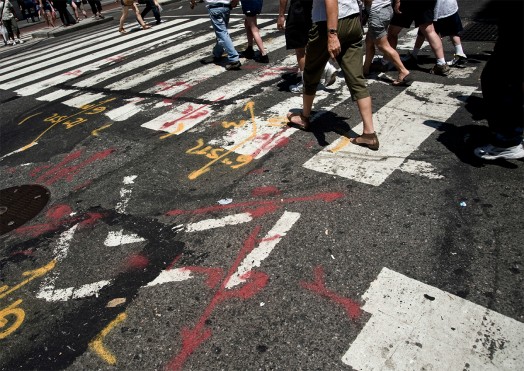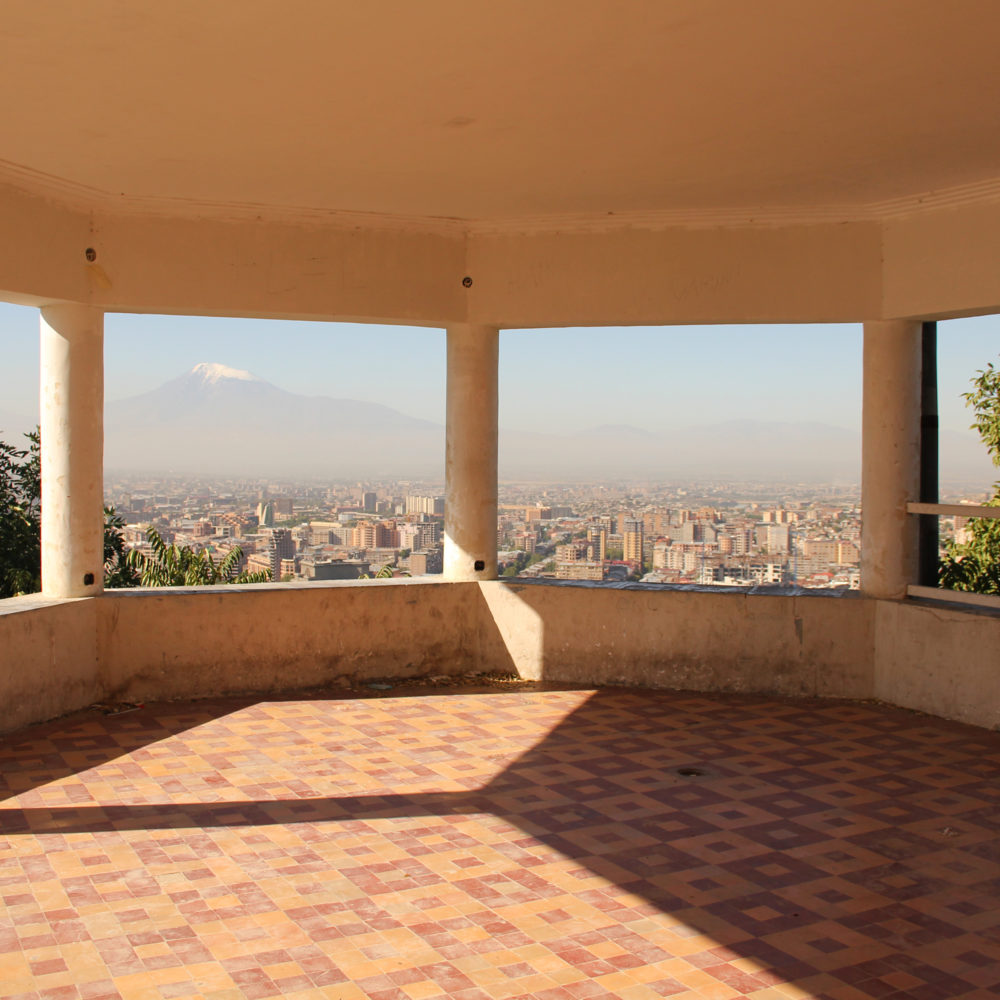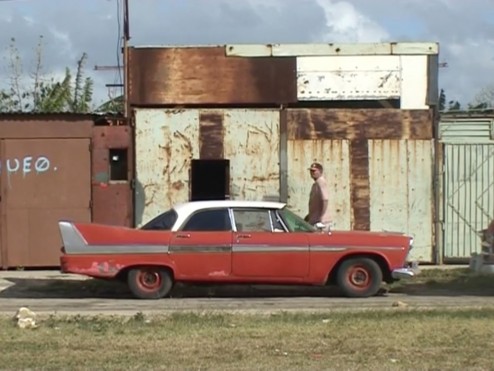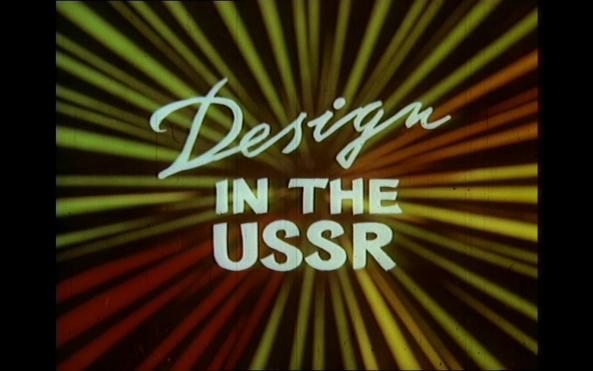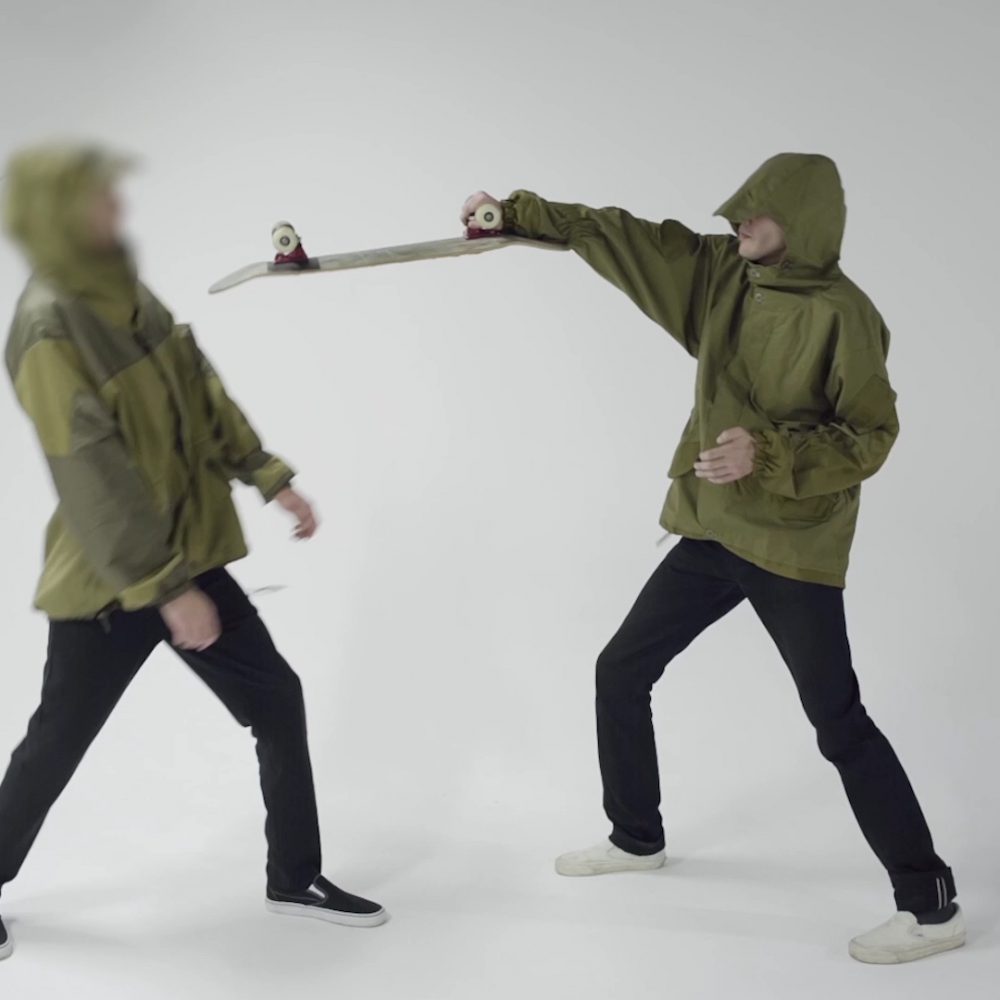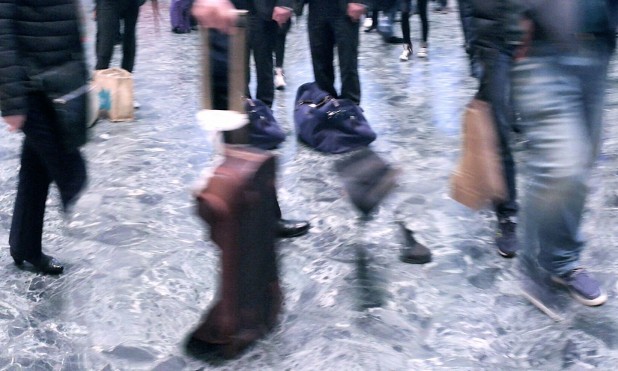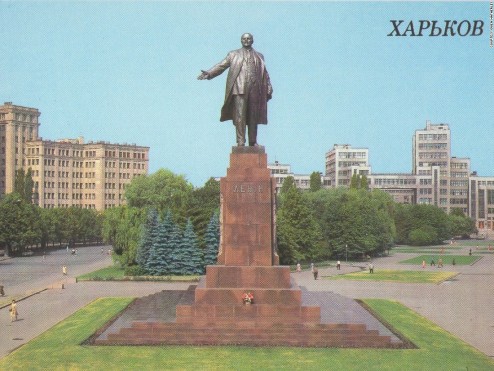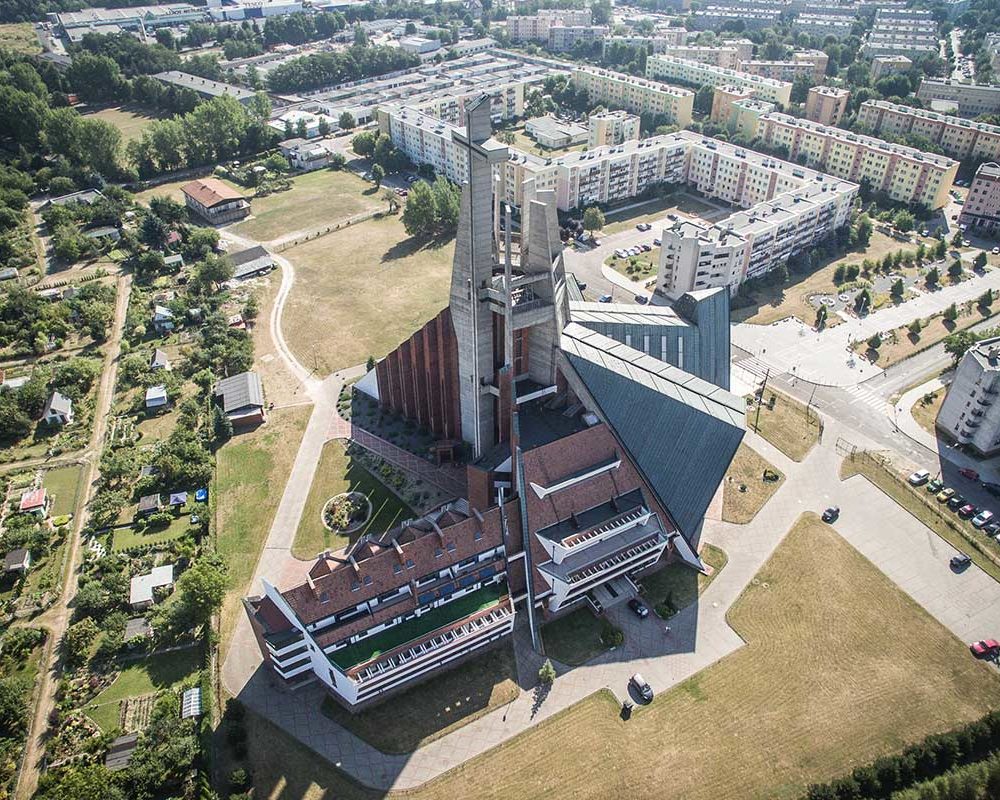Power and Architecture
A season on utopian public space and the quest for new national identities across the post-Soviet world
Calvert 22 Foundation is delighted to announce its upcoming seasonal programme opening this summer, Power and Architecture. Taking place from 10 June – 9 October 2016, Power and Architecture will comprise four main interlinked elements:
- A conference and a number of related talks
- An exhibition of new and existing artwork presented in four parts
- A series of architectural workshops connecting London and Prague
- Curated digital content on The Calvert Journal
For the ideological champions of utopian society, architecture is a clear and potent manifestation of a society’s power, influence and status. From the gothic might of Stalin’s seven Vysotki to Astana’s gleaming Bayterek Tower, giant structures loom over the citizens of the former Soviet Union, signifying the grand ambitions of their rulers, past and present. Power and Architecture is a season that will explore the design of the built environment and its use as a device of influence, both physically characterising the skyline, and psychologically in relation to the people who live in its shadow.
Across the post-Soviet world, there is a common thread running through architectural styles. From grand monuments and high-rise cathedrals of geometric correctness to homogenised concrete blocks, repetitious and standardised landmarks to public art, we see the echoes of space designed with the futuristic ideologies of socialism, transitioned into the globalised hegemony of capitalism.
What effect do these architectural structures, designed by one regime and inherited by another, have on the people who live with their legacy? How is public space re-defined through external forces such as privatisation and capitalism, or re-used through independent culture and recreation? Power and Architecture will seek to answer these questions, looking at the evolution of the relationship between cities, public space and their citizens throughout contrasting eras.
10 – 11 June 2016
Calvert 22 Foundation launches the Power and Architecture season with a conference bringing together leading minds from the worlds of architecture, politics, economics and contemporary art.
Led by Michał Murawski (SSEES, UCL) and Jonathan Bach (New School, New York), and organised by UCL SSEES’ FRINGE Centre, the two-day conference will look at the aesthetics, politics, economics and effects of centrality and monumentality in 20th century cities. The line-up includes contributions from prominent researchers, architects and artists such as Vladimir Papeny, Vyjayanthi Rao, Owen Hatherley, Clementine Cecil, Hilary Wainwright, Łukasz Stanek and Wendy Pullan, among many others.
The conference will officially launch the 12 week season of events exploring the debates and questions raised by Power and Architecture.
As part of the Power and Architecture season, new and existing work by artists from across the New East region will be exhibited over four interconnected installments. Multiple facets of architecture’s relationship to power will be presented, from artistic reflections on the modernist vision of the socialist city to the individual’s participation in the activation of public space and the afterlife of cities built for a utopia that was never realised.
Part 1: Utopia and Modernity
12 June – 3 July 2016
Participating artists: Przemek Pyszczek, Dmitry Lookianov, Anton Ginzburg, Kuba Snopek, Iza Cichońska and Karolina Popera
In the opening show, four artists will reflect on the modernist vision of the socialist city and consider the real and imagined futures of utopia.
Polish-born, Berlin-based Przemek Pyszczek’s series Façade captures the bright, block-colour decorative Soviet-era design of external walls and window grates. Dmitry Lookianov’s Instant Tomorrow series provides a vision of the near future through the setting of Muscovite apartment life, where minimalistic furniture and repetitious architecture create a suburban “utopia”.
In his films Hyperborea and Walking the Sea, Anton Ginzburg explores the quest for a perfect, utopian life and its potentially devastating impact. Kuba Snopek, Iza Cichońska and Karolina Popera’s Architecture of the VII Day catalogue draws upon 3,597 churches built by hand in Poland against the will of the state in the second half of the 20th Century and the circumstances of their construction.
Part 2: Dead space and ruins
7 July – 7 August 2016
Participating artists: Vahram Aghasyan, Anton Ginzburg, Eric Lusito and Danila Tkachenko
Four artists working with photography and film present the decaying architectural reminiscence of the Soviet vision. With work taking inspiration from across the vast landscape of the former Soviet Union, these artists will explore the “dead space” left in the wake of the quest for progress.
Eric Lusito maps what remained of the militaristic power of the USSR from eastern Europe to eastern Siberia. His photographic series Traces of the Soviet Empire catalogues the haunting ruins of former bases, monuments and equipment from length and breadth of the empire.
In Restricted Areas, Danila Tkachenko presents us with the “utopian strive of humans for technological progress”[1]. The artist travelled to sites embodying this quest for advancement, not found on any map or travel guide; these behemoths lie forgotten and decomposing in the frozen tundra.
Turo by Anton Ginzburg investigates post-Soviet geography and icons of constructivist architecture. The four chapters of the film explore different landmarks of Soviet modernism such as the Narkomfin building and ZIL, while proposing alternate futures for these and other settings through virtual, video game-like environments.
Vahram Aghasyan reminds us of the many examples of deserted urban areas across the Soviet Empire. Through economic meltdown, natural disaster or industrial catastrophe, Ghost City references the disregarded buildings that used to form towns in parts of the vast Soviet landscape.
[1] http://www.danilatkachenko.com/projects/restricted-areas/
Part 3: Citizen activated space — Museum of Skateboarding
11 August – 11 September 2016
Participating artist: Kirill Savchenkov
Part three is a new commission by Calvert 22 Foundation that will explore the individual’s participation in the activation of public space with Russian artist Kirill Savchenkov’s installation.
Museum of Skateboarding is a mixed media installation that considers skateboarding not just as a form of exercise, but also as a visceral way to explore and reflect on the contemporary city space. The project studies the secret language of the sport, illustrating how certain architectural interventions or objects can be understood through skateboarding.
Part 4: The afterlives of Modernity — shared values and routines
15 September – 9 October 2016
Participating artists: Aikaterini Gegisian, Donald Weber, Dmytrij Wulffius, Ogino Knauss
The season culminates with four artists considering the afterlives of utopian endeavour and the quest for new national identities. Across the former Soviet Union there are a series of architectural and physical nostalgias connecting citizens who share the same socialist history – part four of the programme reflects on these shared values and routines for citizens today.
Aikaterini Gegesian’s film My Pink City offers a portrait of a post-Soviet Yeravan adapting to the transition. The film depicts the militarisation of public space and the gendered divisions within the city.
With the Russian-backed war in eastern Ukraine, the country’s government has responded with laws designed to rid Ukraine’s public spaces of communist relics. Their destruction proclaims a deep desire to change the cultural narrative. Monumental Propaganda is a series by Donald Weber documenting the sites these monuments stood on and the empty pedestals that remain today.
For Dmytrij Wulffius’ series, Traces on Concrete, the artist photographed his hometown of Yalta in Crimea. The series is an exploration of the utopian architectural landscape of the post-Soviet world but from the perspective of modern youth. All images from this series were taken between 2009 and 2013.
Re>Centering Periphery: Post Socialist Triplicities by Ogino Knauss documents the post-socialist backgrounds of Berlin, Belgrade and Moscow, exploring what is left of the architectural vision in the cities and what this legacy has left citizens. Three metropolises, three political visions, three historical trajectories. Modernity triggered in each of these cities a blossoming of utopian visions for radical transformation of the everyday.
A series of workshops connecting London and Prague
The Power and Architecture season reaches its conclusion as the Calvert 22 Foundation partners with innovative architecture, design and engineering collectives Assemble (UK), Museum of Architecture (UK) and reSITE (CZ). Workshops will offer fresh perspectives and solutions that will improve the urban experience and highlight civic issues affecting mobility health and well-being.
Further to the season’s focus on exploring the relationship between cities, public space and citizens, this exchange programme connecting the cities of Prague and London will aim to provide solutions to improve the mobility and well-being of citizens in the contemporary urban environment.
How does migration and mobility in cities affect the experience of the urban environment? This is the question Urban Mobility Labs will ask architects, designers and creative technologists from the Czech Republic and the UK.
Further details to be announced.
As part of the Power and Architecture season, The Calvert Journal will present a curated online series of reports, essays and photo stories which will further explore the relationship between architecture and power, expanding on a number of the themes and artistic projects included in the seasonal programme.
Times and Dates
10 June – 9 October 2016
Wednesday – Sunday, 12pm – 6pm
Part 1: Utopia and Modernity
12 June – 3 July
Part 2: Dead space and ruins
7 July – 7 August
Part 3: Citizen activated space — Museum of Skateboarding
11 August – 11 September
Part 4: The afterlives of Modernity — shared values and routines
15 September – 9 October
Gallery
In partnership with



